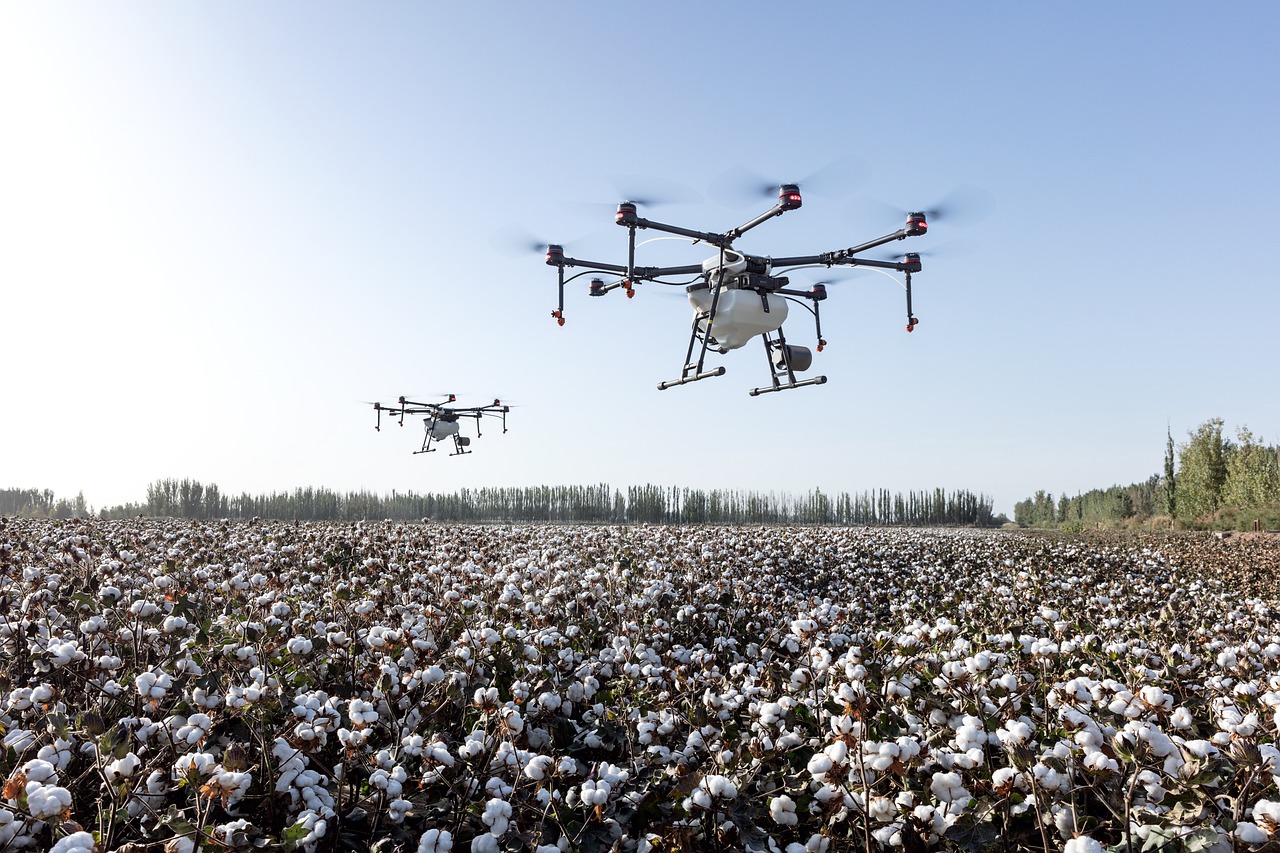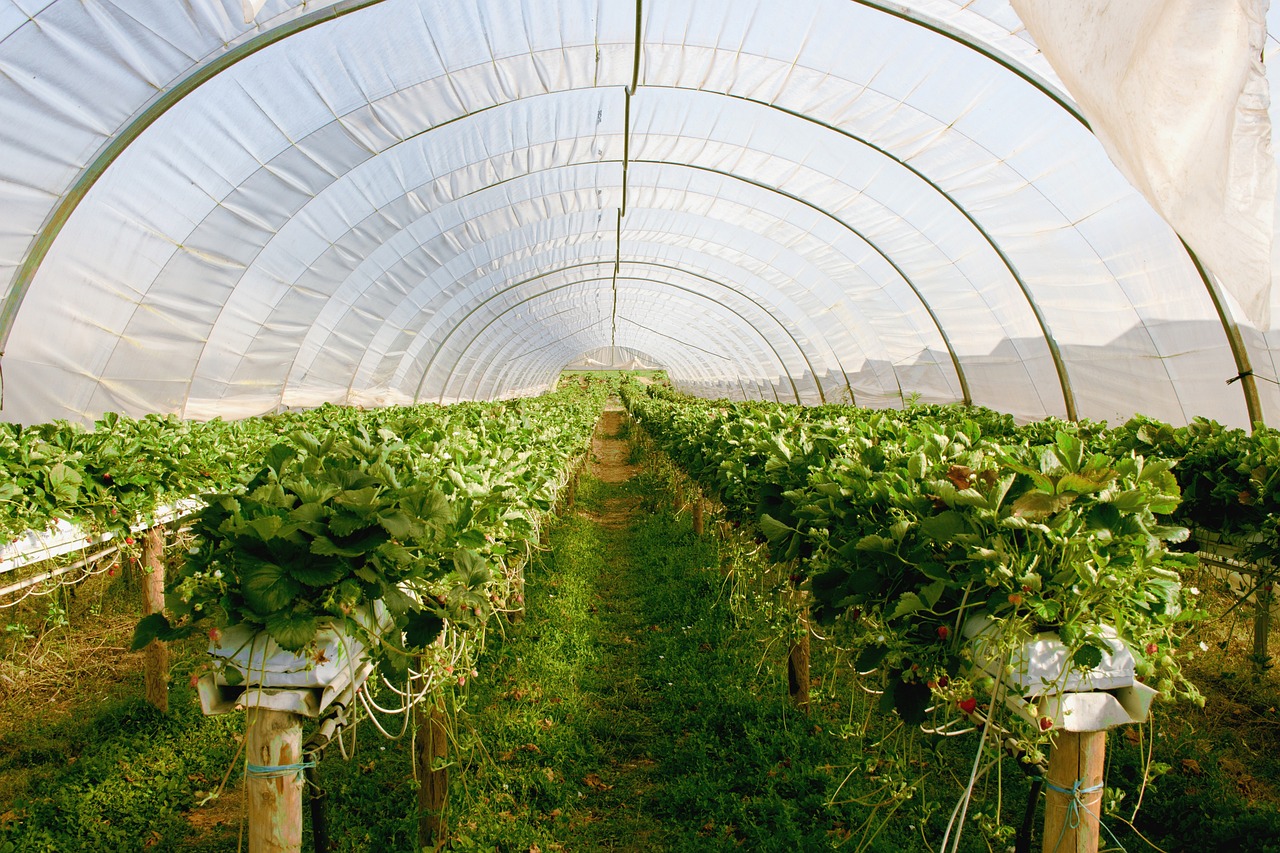State of the Green Economy
with Forestry by 2050
Nature Based Assets
Nature-based assets refer to natural resources and ecosystems, such as forests, wetlands, and coral reefs, that provide valuable goods and services to human society, such as water filtration, flood control, carbon sequestration, and habitat for wildlife.
These assets can also have economic value and can be managed for sustainable use. They are increasingly recognized as important for addressing global challenges such as climate change, biodiversity loss, and human well-being.
What is Forestry
Forestry is the management and care of forests and related natural resources, including trees, wildlife, and soil. It encompasses a wide range of activities, including planting, harvesting, and protection of forests, as well as the conservation of biodiversity and ecosystem services. Forestry also involves managing forests for multiple uses, including timber production, recreation, and wildlife habitat.
Sustainable forestry practices aim to balance economic, social, and environmental goals, preserving forests for future generations and protecting the benefits they provide, such as carbon sequestration, water regulation, and habitat for wildlife.
Green Economy can help facilitate in various projects
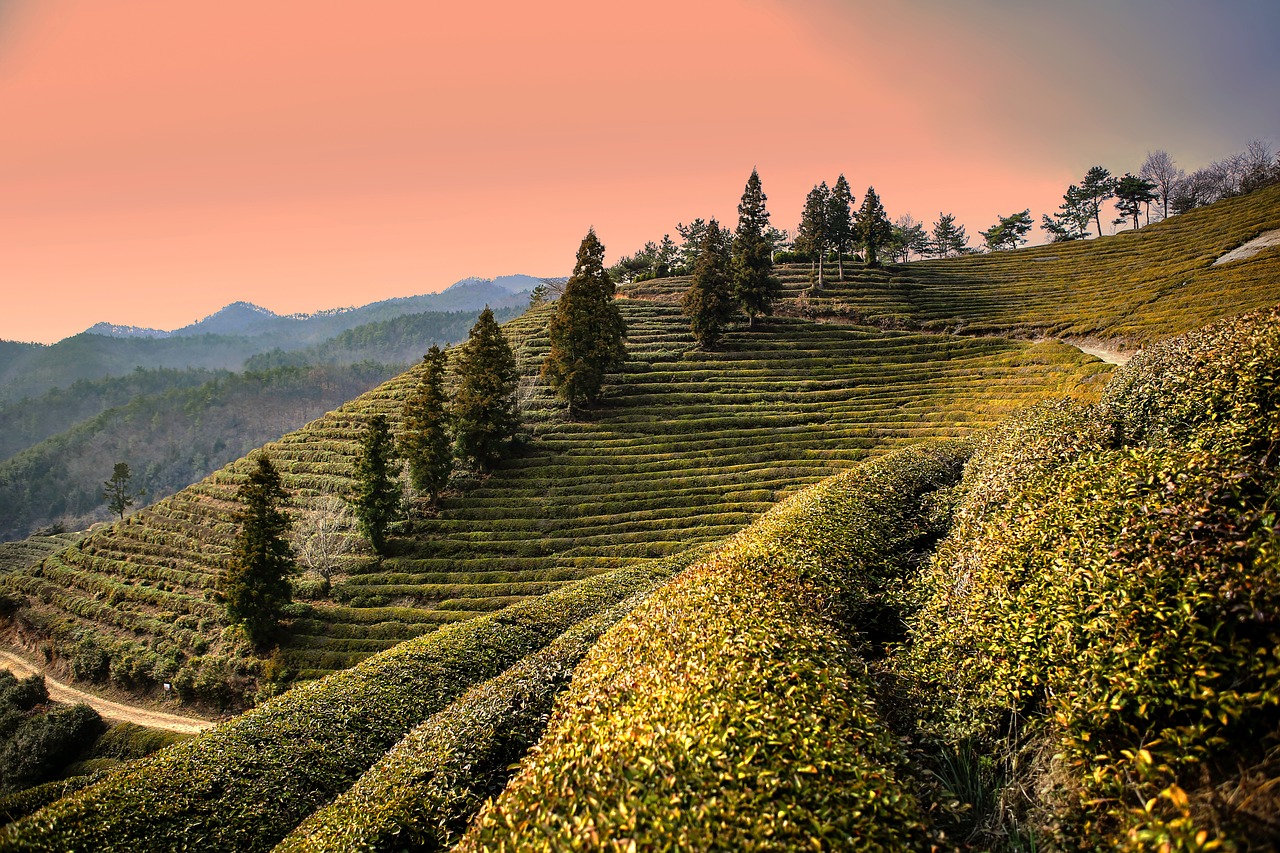
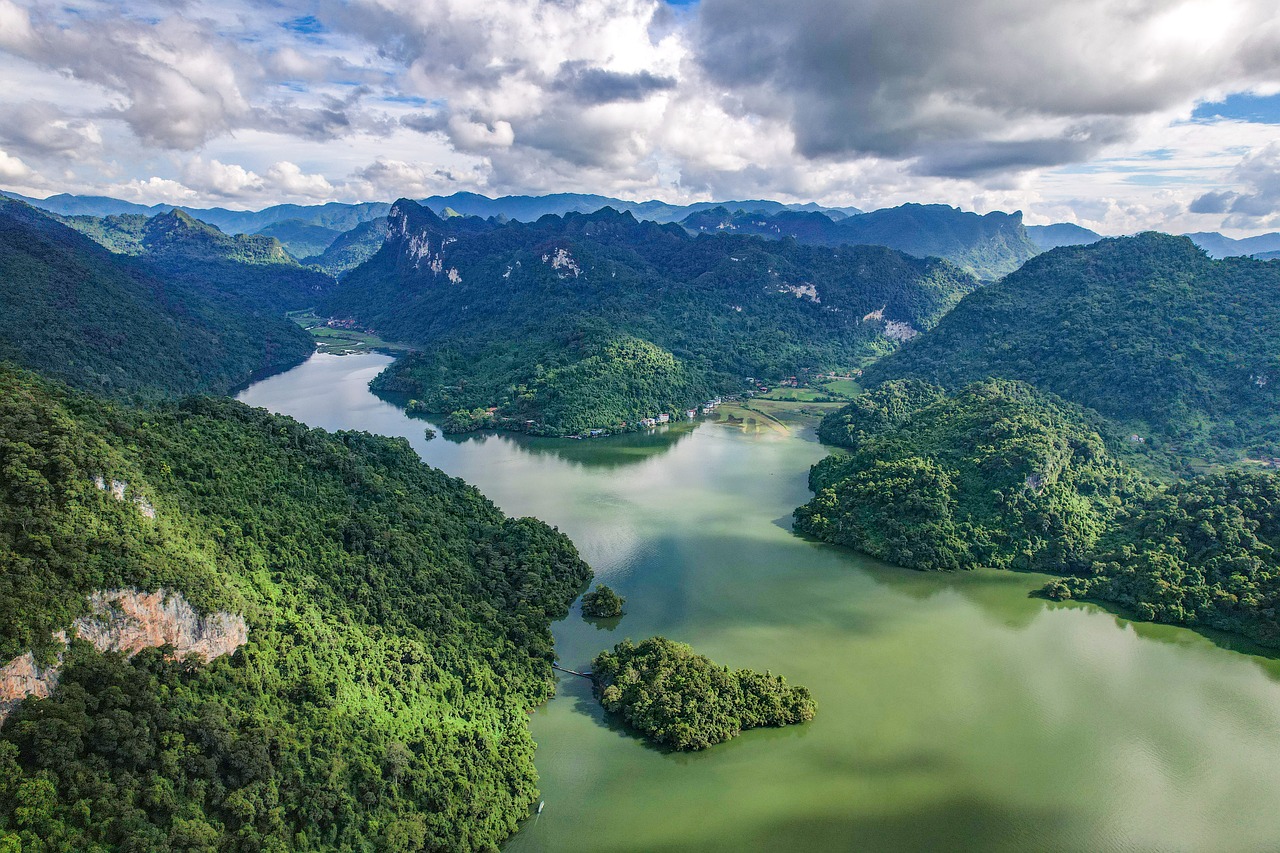
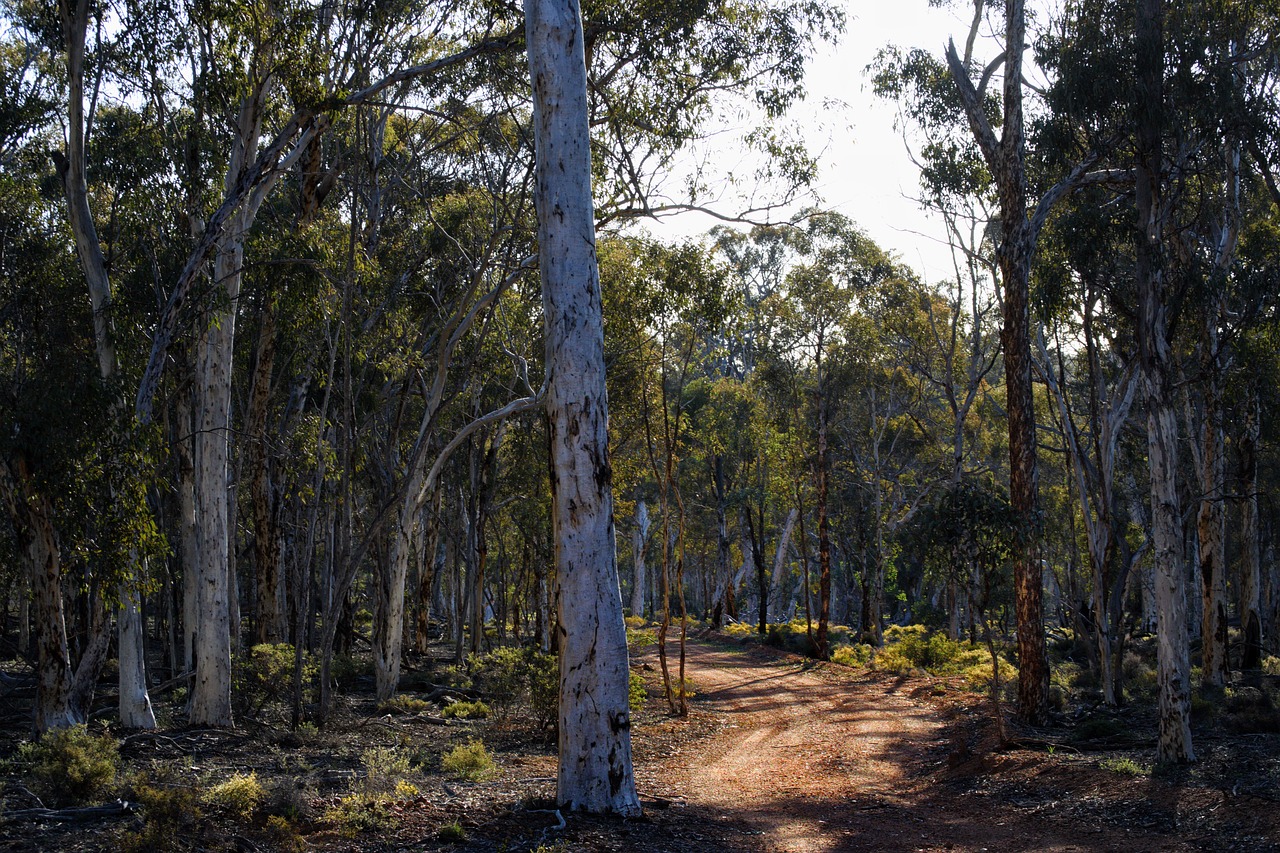
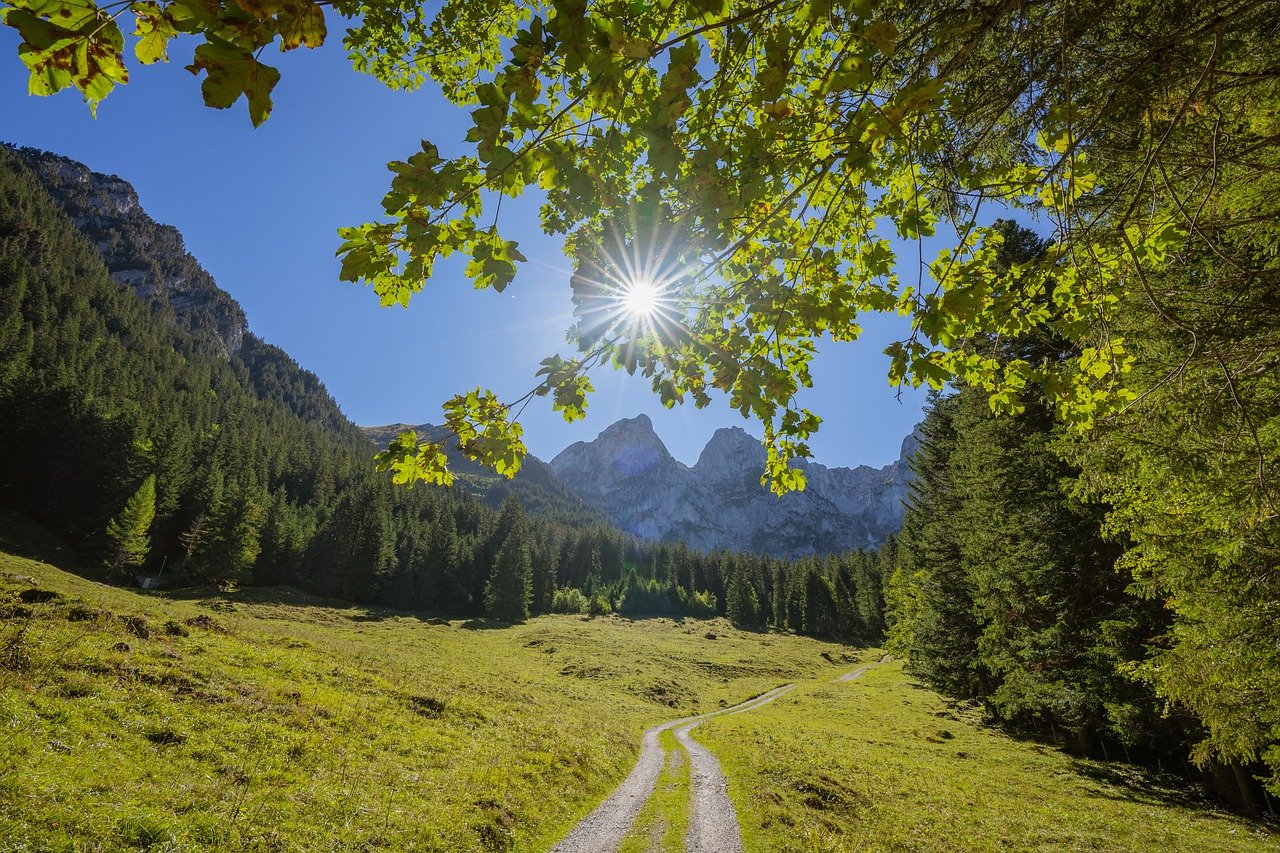
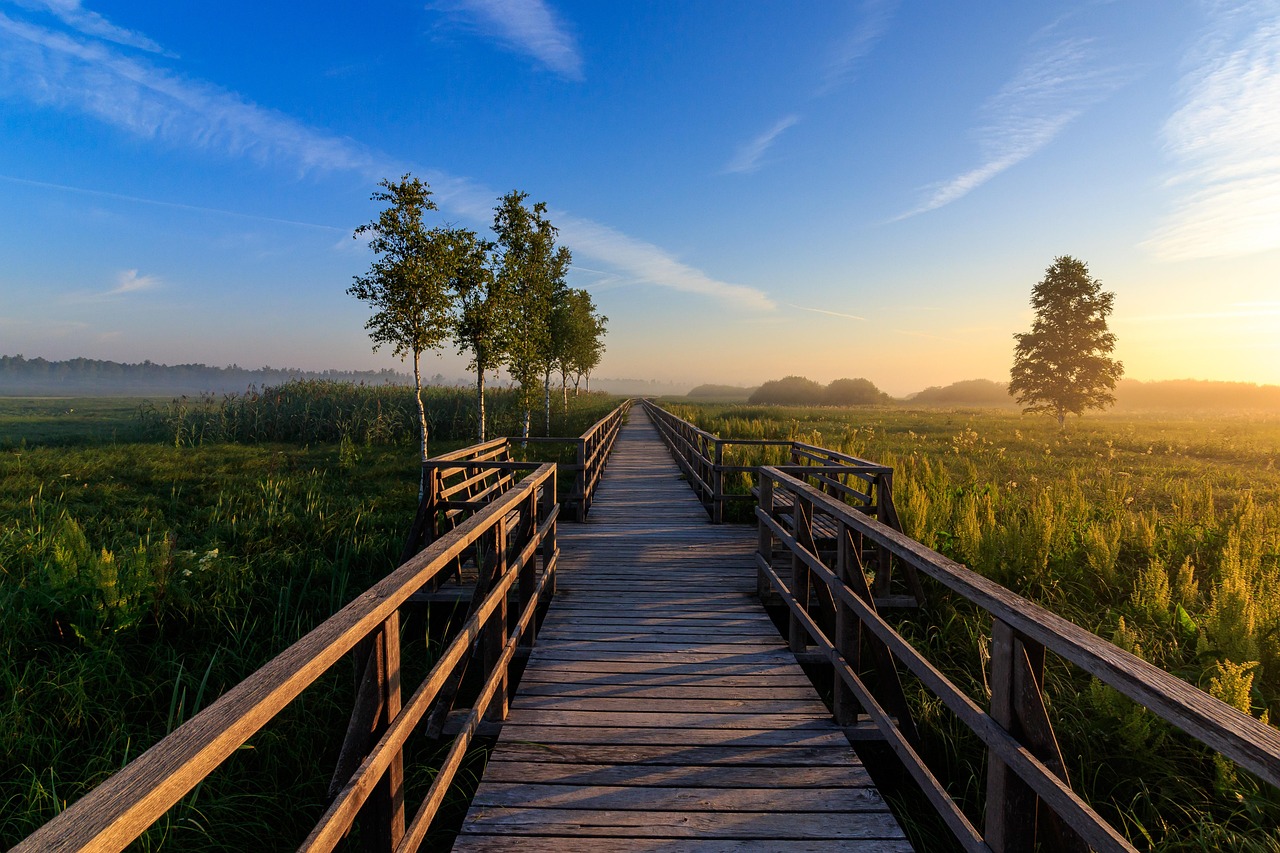
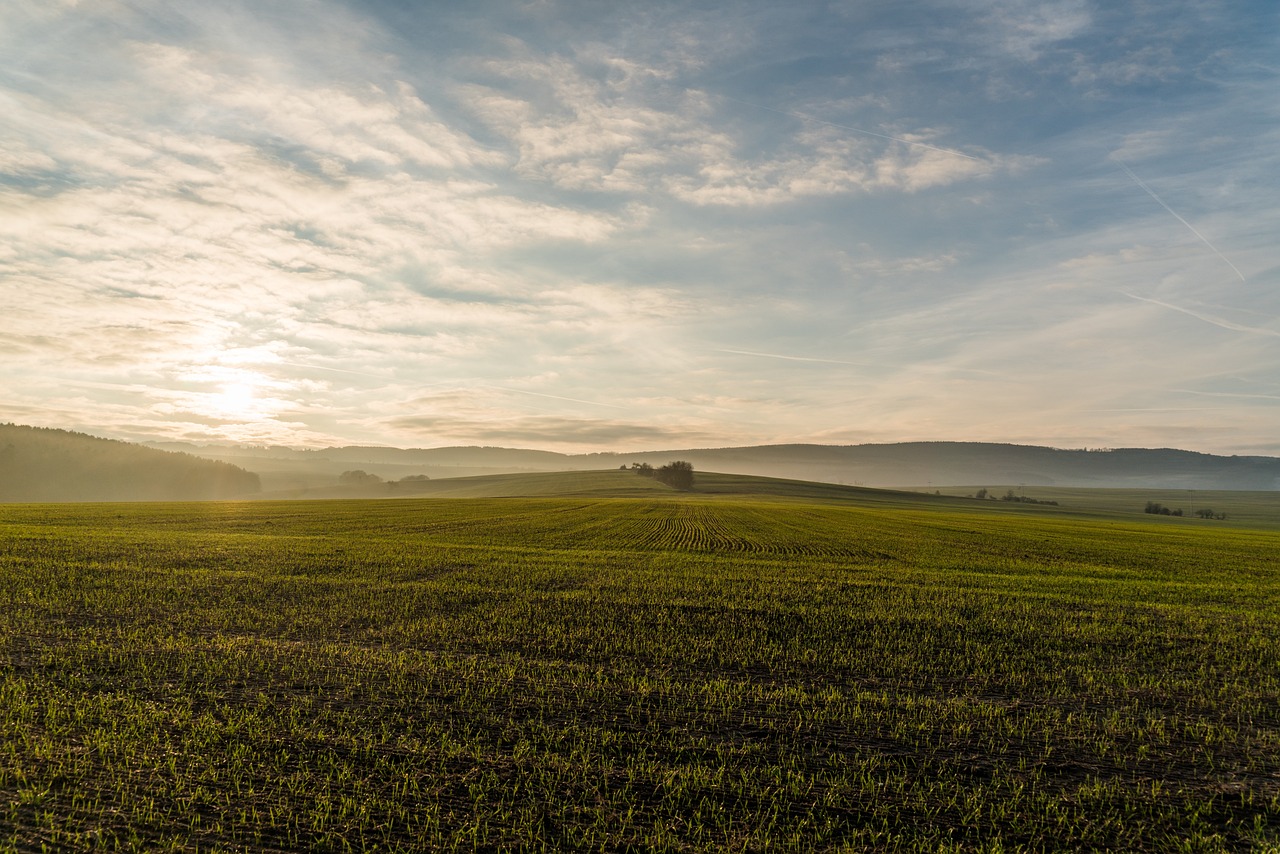
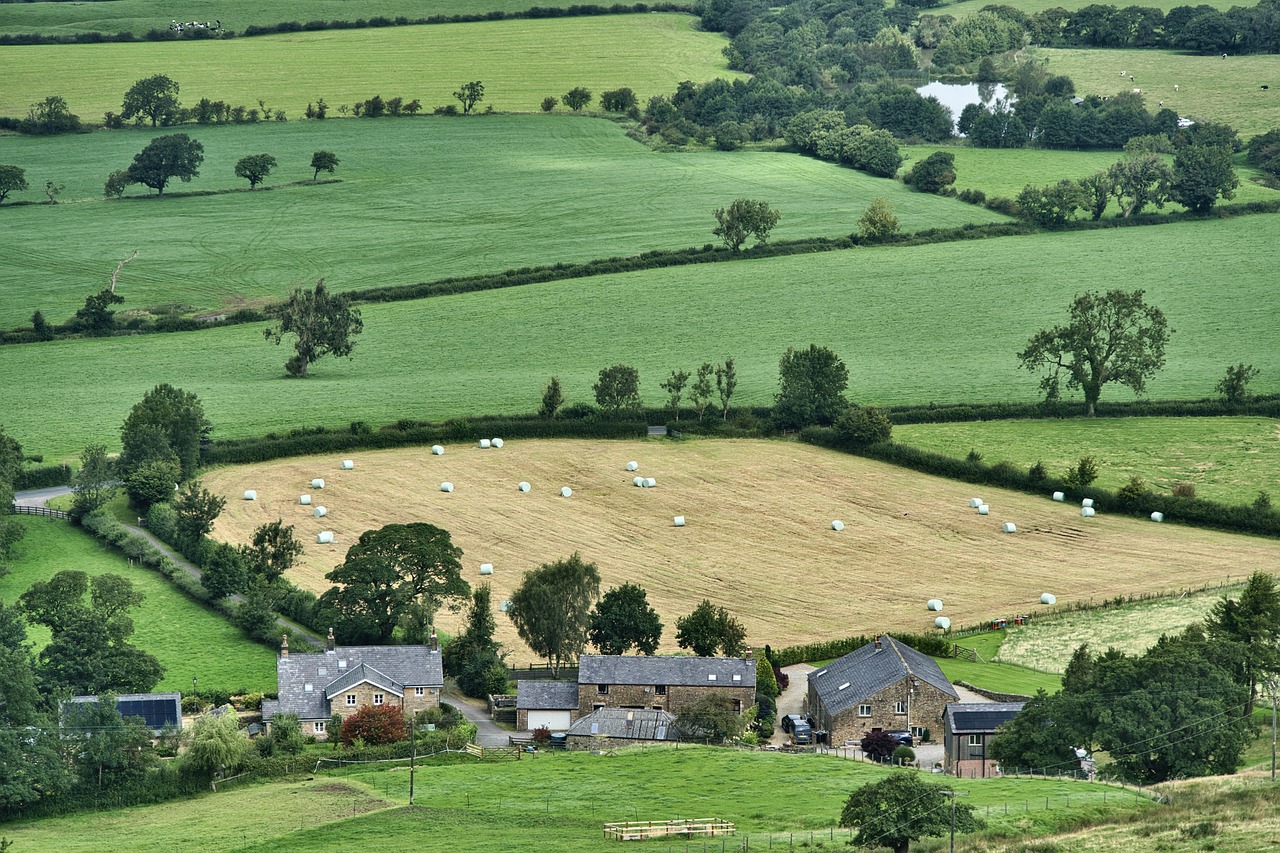
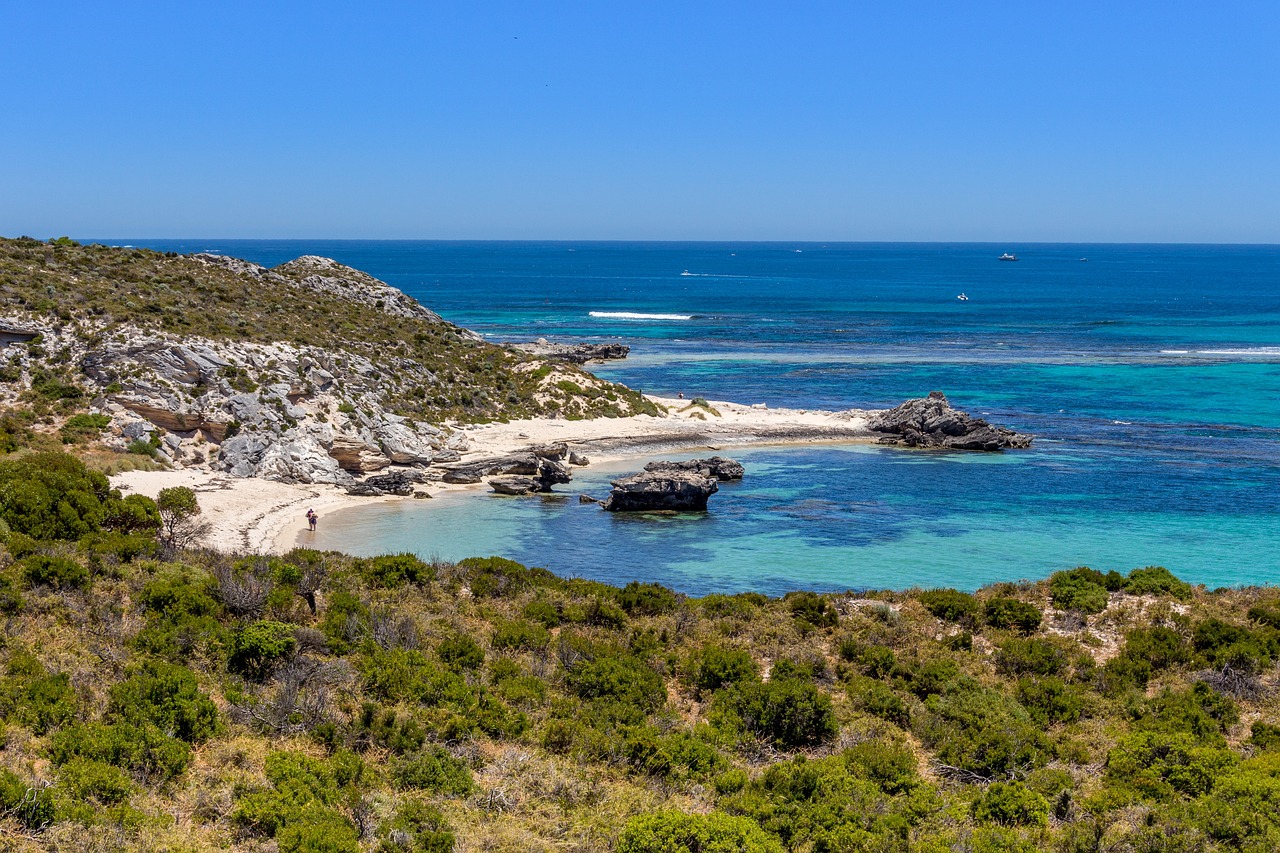
Agro Forestry
Agroforestry is a land use management system that combines trees with crops and/or livestock on the same land. The purpose is to increase productivity, reduce environmental degradation and enhance socio-economic benefits for the land users.
Examples include agroforestry systems such as alley cropping, silvopasture, and windbreaks.
Forest Assets
Forest assets refer to the resources, benefits, and values derived from forests, including:
- Timber and non-timber forest products (NTFPs)
- Ecosystem services such as water regulation, carbon sequestration, and soil conservation
- Biodiversity and wildlife habitat
- Recreational opportunities and tourism
- Cultural and spiritual values.
Nature Based Assets
Wind and
Solar
Anaerobic
Digestion


